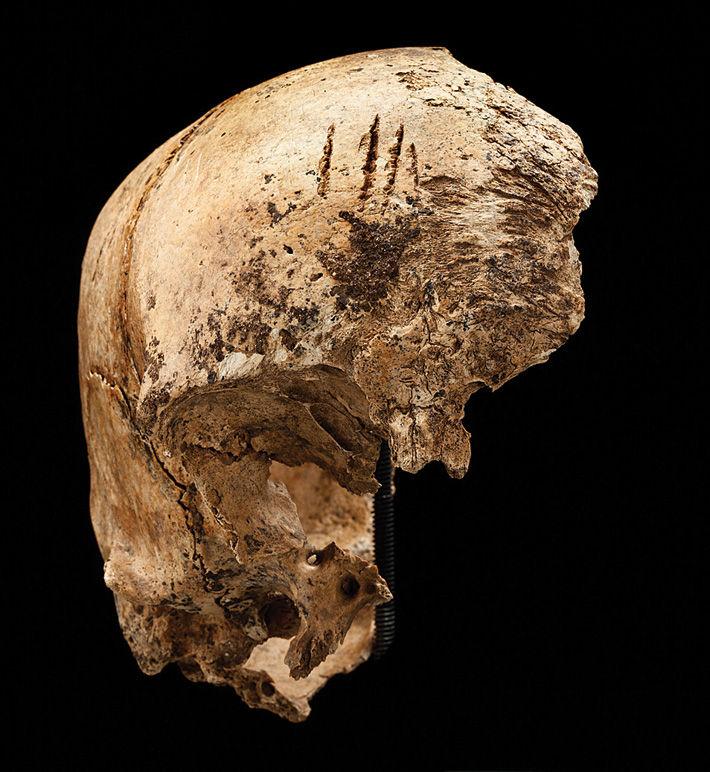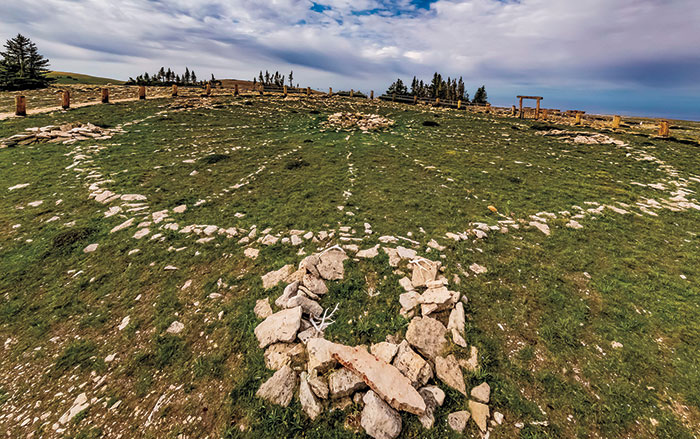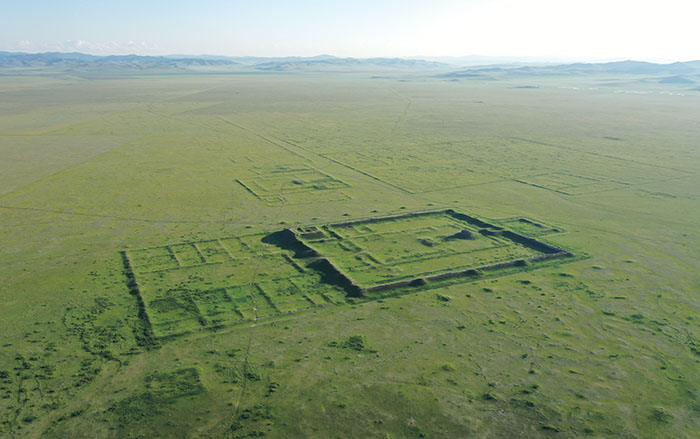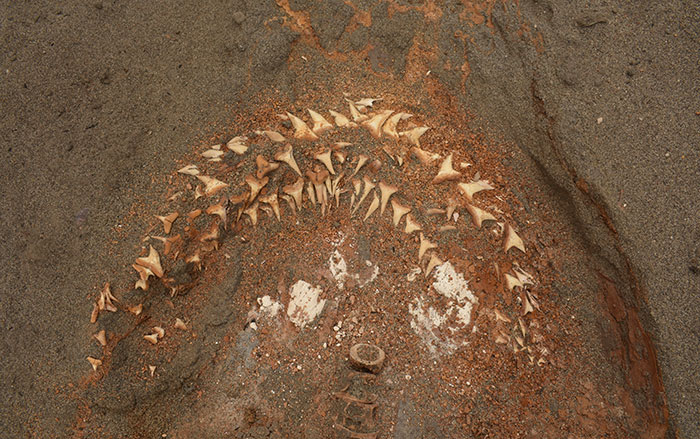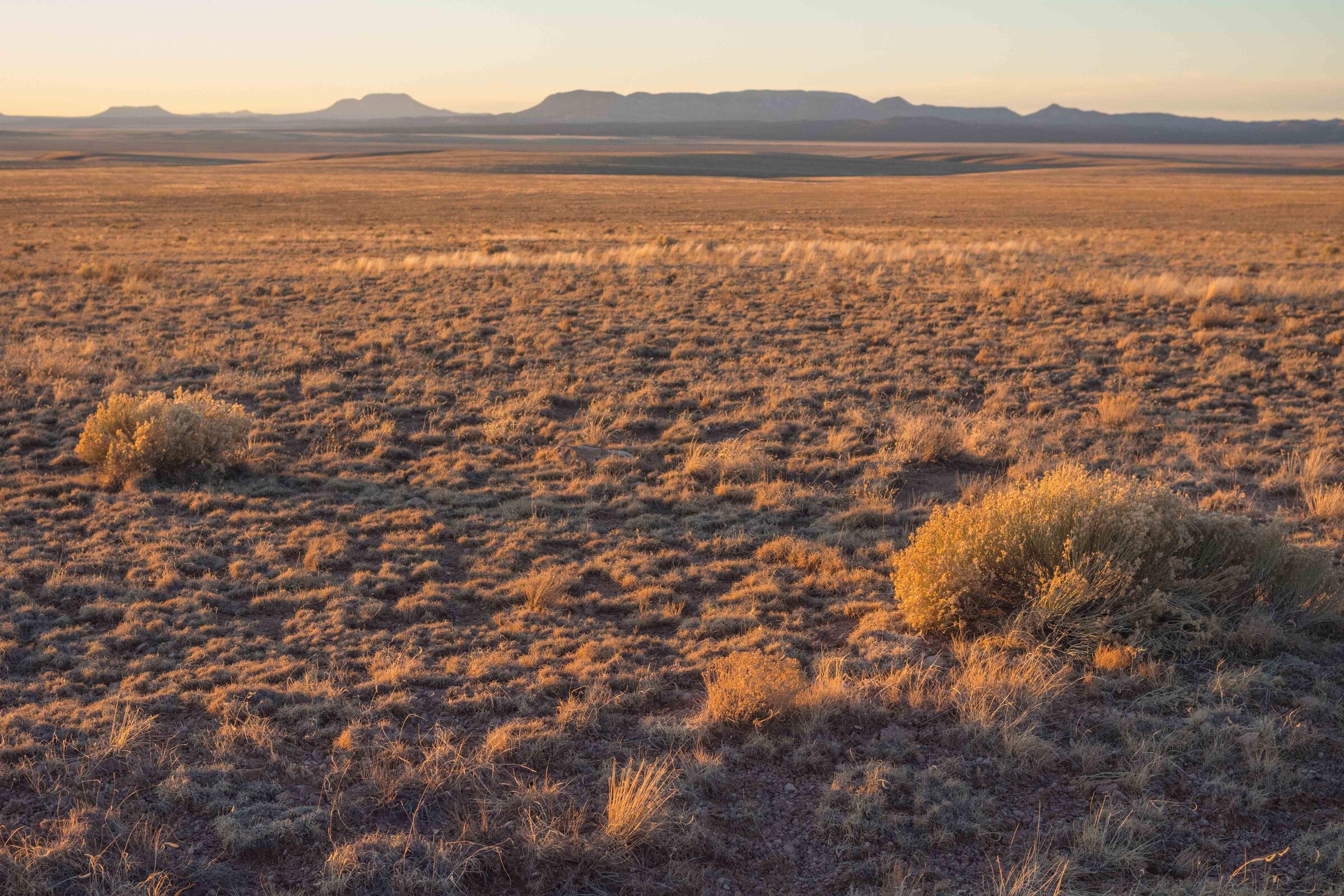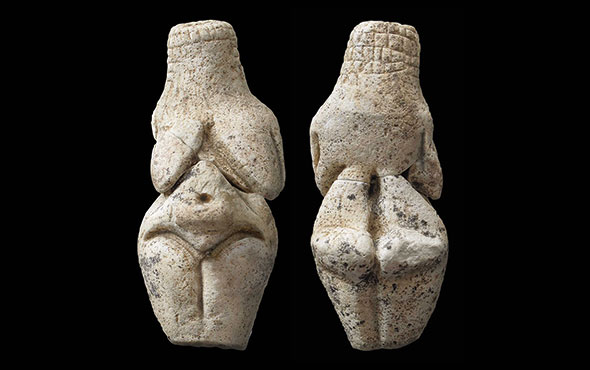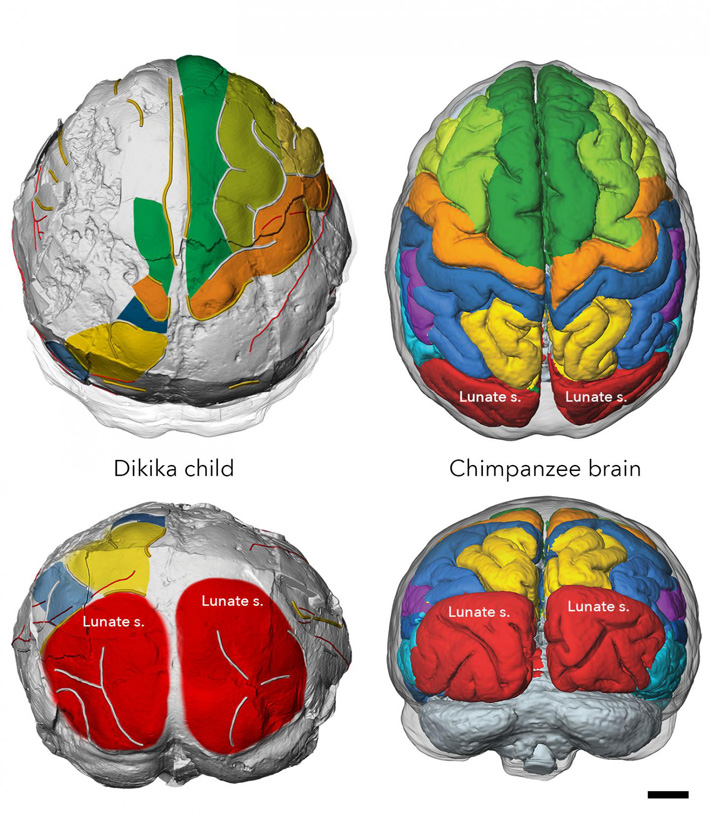
CHICAGO, ILLINOIS—A new study of fossils from Ethiopia suggests that more than three million years ago, Australopithecus afarensis children needed care for an extended period of time, according to a Science News report. It had been previously thought that the small size of infant heads and an extended period of brain development evolved some 2.5 million years ago, in order to accommodate a pelvis adapted to upright walking in the Homo genus of human ancestors. Philipp Gunz of the Max Planck Institute for Evolutionary Anthropology and a team of researchers scanned the insides of the skulls of six Australopithecus afarensis adults and two children under the age of three at the time of death with synchrotron-computed tomography to examine imprints left by brains, compute their volume, and see how they were organized. Today, modern human brains have a larger prefrontal cortex, and reach adult size at about the age of five, while the brains of chimpanzees and other apes have a smaller prefrontal cortex and reach adult size between the ages of two or three. The study revealed that the organization of the Australopithecus afarensis brains was similar to that of chimpanzees, but their rate of brain growth was more like that of modern humans. Gunz said such an extended period of childhood brain growth might have lowered an infant’s nutritional requirements, making a child easier for a mother to feed. To read about footprints left by members of A. afarensis over 3 million years ago, go to "Proof in the Prints."


